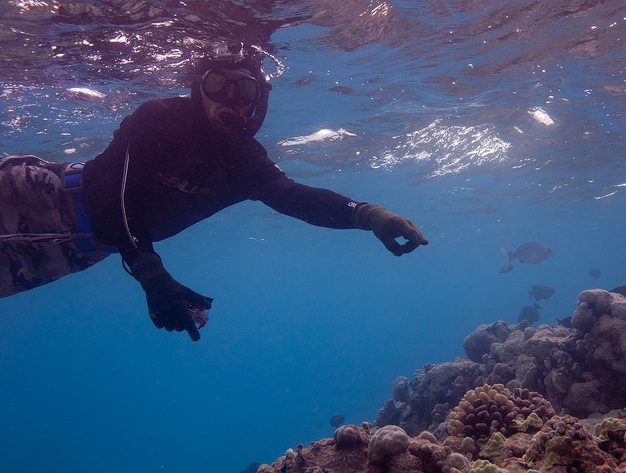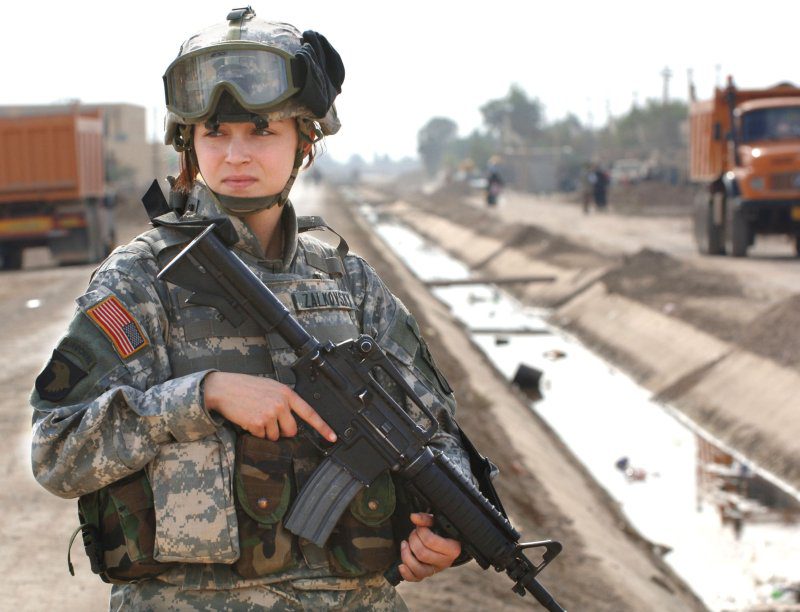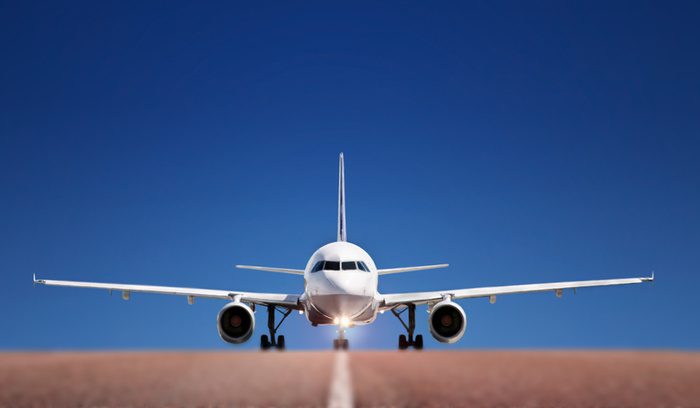
The coastal regions of South Africa are known world-wide to be very hospitable. In particular,
Jeffrey’s bay is loved by the surfers and Aliwal Shoal by the divers. However, despite the amazing
waves and underwater scenery, those who first tried to brave the coastlines, more often than not,
met a tragic end. The survivors settled along the coast and tales of their misfortune have been
passed from generation to generation.
Shipwrecks
Since the 1500’s, the total number of shipwrecks is conservatively estimated at around 2700, but is
more likely closer to 3000, according to research from S.A Shipwrecks. From this list, we can see that
over 37 different nationalities suffered loss of life and ship when attempting to make port, or drop
anchor off our coastline.
One of the most inspiring tales is that of the HMS Birkenhead, also known as HMS Troopship
Birkenhead. In late February 1852, while transporting troops to Algoa Bay, the ship hit a hidden
rock and started to break apart. With not enough lifeboats for all onboard, the women and children
were made to disembark first. When the lifeboats carrying the wives and children of the soldiers
had launched, Captain Salmond gave the order for the men to swim to them if they could. The quick
thinking Lt. Col. Seton, realised that if the men swarmed the boats, they would capsize them and
throw the women and children into the cold waters, where the waiting sharks circled. He told the
men to “Stand fast, and swim to shore”, an order that was obeyed by all but three soldiers.
Out of the 643 who started the voyage, only 193 made it out alive, which started the world-
wide “women and children first” protocol. The courage of the soldiers is commemorated in the
Rudyard Kipling poem Birkenhead drill; while the Birkenhead Breweries in Standton, created a
Pilsner beer which bears a label that has a picture of the ill-fated HMS Birkenhead, along with the
date of the tragedy, and the HMS crown.
Other notable shipwrecks include the Kakapo, wrecked in 1900 at Noordhoek; the Lusitania which
rests with about 40 other wrecks at The Cape of Good Hope; the Maori which sank in 1901 can be
found in the thus named Maori Bay; along with the SS Thomas T. Tucker (1942) which ran ashore at
Oliphantsbos, near Cape Point. Then there’s the Doddington (1755) which wrecked at Algoa Bay; and
the MTS Oceanos sank off the Transkei coast in 1991.
One of the most infamous ghost ships is the Flying Dutchman, which disappeared off the Cape
of Good Hope during a storm. The Captain, named Van der Decken, said these final words to his
men: “we will land in Table Bay, even if it takes until judgement day”. How anyone knows what his
last words were is indeed a mystery, but visions of his ship have appeared to sailors and passengers
alike over the centuries. The myth goes on to state that terrible things will happen to the first person
that spots the Flying Dutchman.
Sleeping with the Fishes
There are numerous shipwrecks around, and it would be wonderful if every diver could bring
back a token from wrecks they discovered below the waves. But since this is the real world and
not the movies, the ships themselves along with the items on board fall under the protection of
South African law, specifically the National Heritage Resource Act. This act prohibits person(s)
from tampering or removing anything from wreckage that’s been below water for over 60 years.
Those who disregard this, and are caught in possession of such artefacts face hefty fines, along with
imprisonment.
The lack of oxygen in the sea water helps to prevent most items from decaying at a rapid rate. This
allows marine archaeologists to examine them and to access to valuable information about life on-
board the ships.
Shoals
One of the most beautiful shoals can be discovered off the coast at Umkomaas in KwaZulu Natal,
and is called Aliwal Shoal. Here, you will encounter a vast array of marine life, have the opportunity
to dive with sharks amongst the wrecks, and to enjoy the beautiful reefs. If you’ve ever wanted to
see the Sardine Run, this is a great place to do it!
The Sardine Run occurs when thousands upon thousands of sardines swim from their spawning
grounds along the Agulhas banks up towards Mozambique, crossing the East coast of South Africa.
The sardines bring with them hundreds of predators from gannets, to seagulls, to shark and
dolphins. The sardine run is known as “The Greatest Shoal on Earth” and can even be seen from
space, as it often reaches 20-30km in length.
Guest post by: Roseanna McBain writes for TravelGround.com, a Coca Cola Dome accommodation
booking agency. She enjoys coffee and assorted herbal teas, is an avid reader, and loves attempting
to make cuisines from around the world.






